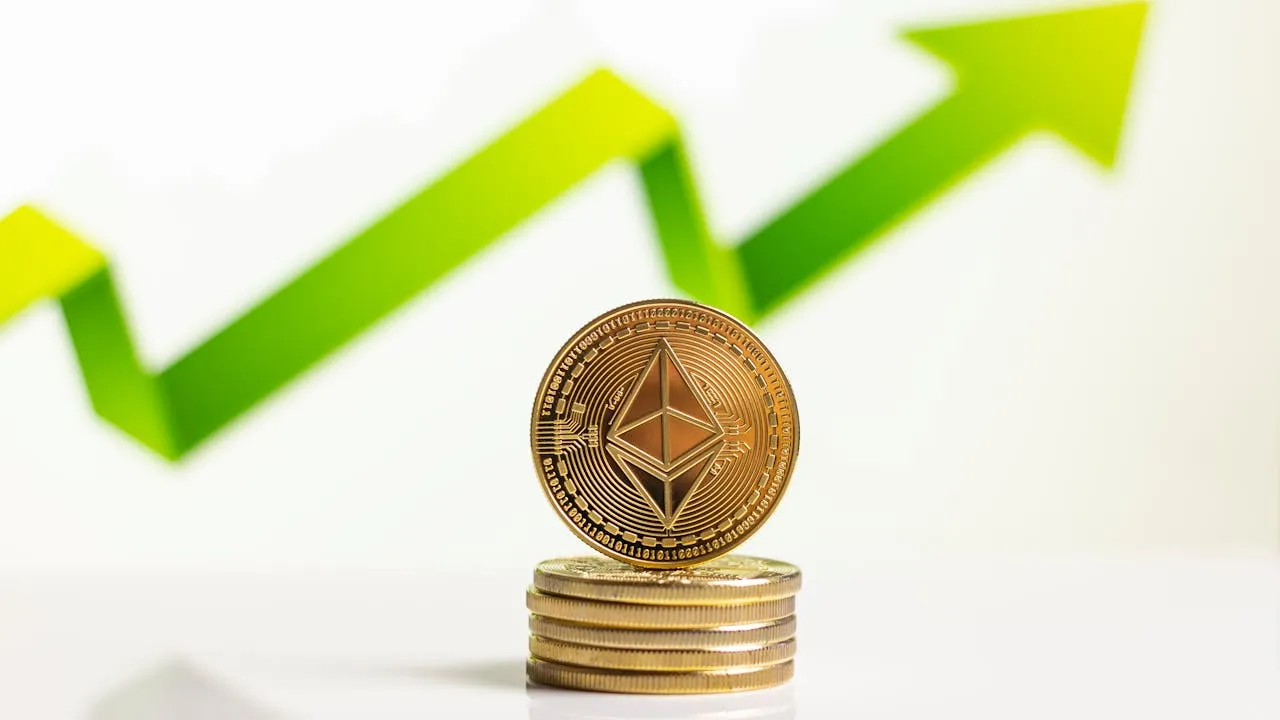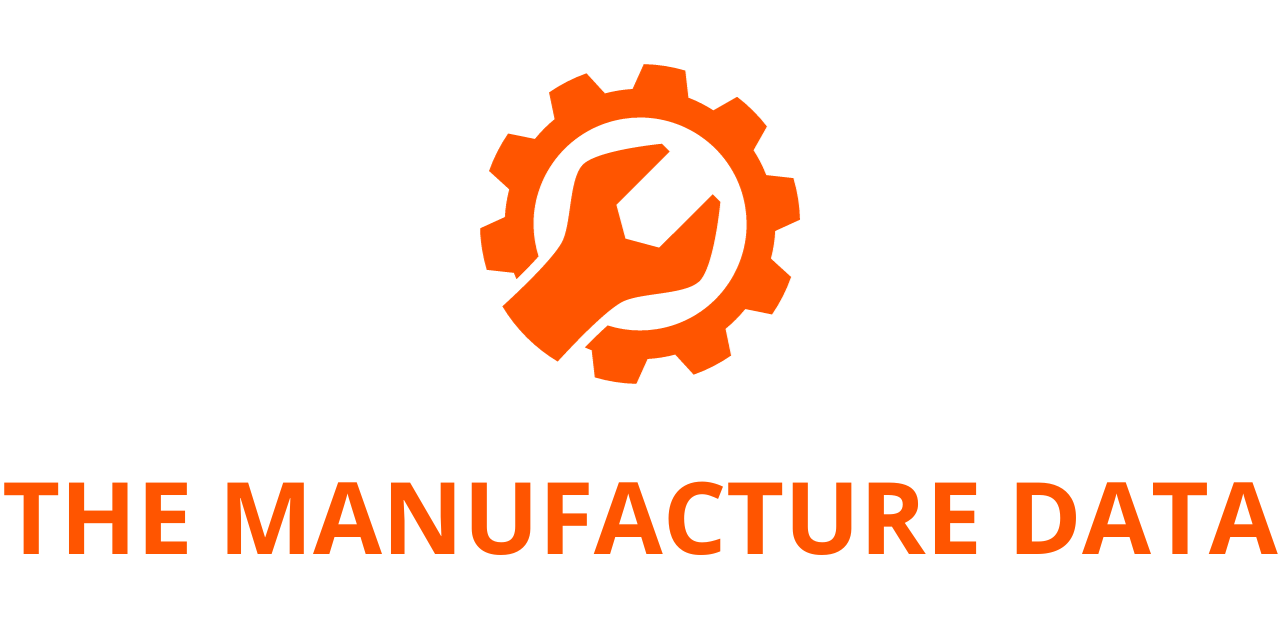
India’s Growth Story: Powered by Longevity and Mobility
India is steadily emerging as one of the world’s largest and most dynamic economies, and beneath the headlines of GDP growth and urban expansion, a profound demographic transformation is underway. Life expectancy is rising, cities are expanding, and the shape of India’s population is changing in ways that will redefine the nation’s economic priorities. A growing share of Indians are living longer, healthier lives, creating a new demographic force that is reshaping society. This phenomenon—known as the “longevity revolution”—is not just a social or health milestone; it is becoming one of the most powerful engines of India’s economic growth.
As people live longer, their lifestyles, mobility needs, and spending habits evolve. Both the public and private sectors are now grappling with the infrastructure implications of this change. Among the most overlooked yet critical elements of this transformation is mobility—particularly vertical mobility. Elevators, once seen as a simple convenience, are now essential tools for enabling the elderly to participate fully in society and remain active contributors to the economy.
The Rise of the Silver Economy
By 2050, the World Health Organization estimates that one in six people globally will be aged 65 or older. Countries such as Japan, Italy, and Germany have already crossed that threshold. In Asia, nations including India, Singapore, and South Korea have begun embracing the term “Silver Economy” to describe the growing economic influence of seniors. In India’s case, this demographic shift will be especially significant—by mid-century, one in five Indians will be over 60. That is equivalent to the entire current population of the United States.
This shift will not be confined to megacities like Delhi, Mumbai, or Bengaluru. Tier 2 cities—home to between one and four million people—will also see substantial increases in their elderly populations. As these communities grow older, the need for accessible infrastructure, both in newly constructed spaces and in existing buildings, will rise sharply.
Redefining Urban Mobility
Mobility is more than just the ability to travel from one place to another—it is the key to independence, social inclusion, and economic participation. For seniors, vertical mobility solutions such as elevators and escalators are essential. Without them, routine activities—visiting a doctor, shopping for groceries, or meeting friends—can become difficult or even impossible.
In this context, installing and modernizing elevators in residential complexes, medical centers, shopping malls, sports arenas, and transport hubs does far more than improve convenience. It strengthens social ties, supports public health, and fuels economic growth by ensuring that older citizens can continue to participate in the marketplace.
The industry is already responding to this demand. For instance, Otis is supplying advanced vertical transportation systems for the Mumbai–Ahmedabad High-Speed Rail project (the “Bullet Train”), designed to ensure swift, seamless passenger movement even at peak times. Beyond speed, new elevator technologies now integrate voice-activated controls, wheelchair-friendly cabins, lower and more visible control panels, Braille buttons, and other accessibility features—making travel easier for all, but especially for seniors.
Retrofitting the Past for the Future
However, the challenge is not only about building new infrastructure—it is also about modernizing what already exists. Many buildings in Asia and Europe, including large swaths of India’s urban landscape, were not originally designed with elevators. Retrofitting these structures is becoming a priority for governments and urban planners, especially as cities aim to meet WHO’s “Age-Friendly Cities” standards, which emphasize accessible housing and transportation.
In India, elevator safety and maintenance are regulated by a combination of the Bureau of Indian Standards, the Factories Act, the Electricity Act, and local building codes. This regulatory framework will likely evolve as the Silver Economy expands beyond urban centers into smaller cities and towns, where elevator guidelines are still underdeveloped.
Globally, over 8 million of the world’s 22 million elevators are now more than 20 years old—a typical point at which modernization becomes necessary. In India, ensuring compliance, safety, and efficiency in this aging equipment is critical, especially as demand surges.
Unlocking the Silver Economy’s Full Potential
The stakes are high. By 2030, annual spending by people aged 60 and over in Asia is expected to soar 103%, reaching $8.6 trillion. In India, the economic potential of this group will only be realized if they can move freely and confidently through their environments. Without adequate mobility solutions, much of that purchasing power could remain untapped.
The Silver Economy is projected to grow by 40% over the next decade, representing more than 900 million people across Asia. For India, elevators and other vertical mobility solutions are not simply infrastructure—they are catalysts for economic participation, social inclusion, and national growth. As the nation continues its economic rise, embracing this mobility revolution will be essential to ensuring that longevity translates into prosperity, for individuals and for the country as a whole.




